Best Creative Writing Graduate Colleges
One of the trickiest parts of the Common App is understanding how to make the most of the extracurricular activity section. You might have a ton of activities - or not very many - and be wondering how you should write about your activities to impress college admissions readers. If you've felt stumped by what you're supposed to do in this section and how to make the most of your very limited space, read on. In this guide I will tell you: But before we get into that, you may be wondering... Colleges love to see that students are active, contributing members of their communities. Even more importantly, they love to see students who are developing their talents and passions. When a student is actively involved in the community and other activities in high school, there is a good chance that they will be doing something similar in college. Universities like to be known as hubs of activity, charity, and culture, and it's largely the students that make them that way. Because of this, the activities section of the Common App is very important. It's your chance to show the admissions officers how you will become an actively contributing member of their school community. Remember that almost anything that you are actively and productively involved in can be considered an extracurricular activity. This includes things like having a job or taking care of family members. For the Common App, you'll need to reflect on what you have learned from your activities and how they have helped you develop. Admissions officers are going to be particularly interested in seeing how you have been involved in leadership positions and that you have dedicated a significant amount of time and energy to your activities. You know why you need extracurriculars and what the admissions officers most want to see. But do you know how many of them you need for your application? Want to build the best possible college application with a real expert? We can help. PrepScholar Admissions is the world's best admissions consulting service. We combine world-class admissions counselors with our data-driven, proprietary admissions strategies. We've overseen thousands of students get into their top choice schools, from state colleges to the Ivy League. We know what kinds of students colleges want to admit. We want to get you admitted to your dream schools. Learn more about PrepScholar Admissions to maximize your chance of getting in. It's time to seriously start looking at the application and what should and shouldn't be included under the activities section. The Common App gives you room to write about ten of your activities. That's absolutely fine. You don't need to panic or try to make up activities just to fill in the blanks. In fact, college admissions advisors would prefer to see a few activities that you've made a significant dedication to than several activities that you've had lesser involvement in. It would be much better to show significant involvement, leadership, and personal development in two or three activities than it would be to write about ten activities that you were hardly involved in because you spread yourself too thin. A great looking application could have between one and three activities showing significant involvement (depending on the number of hours dedicated to each), and a few other activities with a lower level of involvement. These would likely either be from your earlier years in high school before you figured out what you were really passionate about, or a lesser interest that you have dedicated a couple hours a week to. This will only really be a problem for a few people, though many might initially think it's an issue. Admissions officers only want to see the activities that you have been engaged in significantly. There's no hard and fast definition for what "significant involvement" looks like, but most people can work it out. If you helped out at your church's pancake breakfast one year, that really doesn't need to go on your application. But if you have volunteered at the hospital for 10 hours a week every week for four years, that definitely counts as significant involvement. In other words, you need to be looking for quality over quantity. Instead of aiming to fill each blank with something inconsequential just to have it filled, make sure that everything you include reflects a significant time investment and an experience that you learned from. You can often combine multiple activities under one heading if none of them is individually significant enough, or if you need to save space. Let's say you play volleyball. You've been on the JV team at school for four years, you play club volleyball in the off-season, and every summer you both do volleyball camps and help coach camps for younger players. If you are running out of room, feel free to lump all of those together on the application as one activity. Finally, make sure you're not confusing academic awards with extracurricular activities. For example, many good students are accepted into the National Honors Society every year. If you've been accepted and that's the extent of your involvement, list it as an academic honor. On the other hand, if you've been accepted, got elected as the president of your school chapter, organized weekly meetings, and planned several volunteer activities throughout the year, list it as an activity. What if you legitimately have more than ten activities you have been significantly involved in, and you feel your application would be incomplete without them? Never fear! The Common App does have an "Additional Information" section, and this is the place to let admissions officers know about these really important things that you couldn't fit elsewhere. Just make sure they really are important! They'll be rolling their eyes if you insisted on filling out this section to talk about the one hour you spent working at the pancake breakfast three years ago. Still not quite sure how you should choose from among your many activities? Read on for a step-by-step explanation of how to pick what activities you should write about, and how you should list them on your application. This part of the application is difficult because you have to convey a lot of information in a relatively small space. It's important to brainstorm ahead of time to make sure that you'll be able to make the most of this section. On a piece of paper, write down a list of your activities. These can be almost anything that you have done in high school, from sports, to organized clubs, to outside hobbies and interests, to work or community service. For each activity, make sure you write down: Your examples might look like this: Base this off the amount of time you dedicated to the project, your leadership in the activity, and how important the activity has been for developing a passion or pursuing a future goal. Important note: Make sure that the order you put them in is the order of importance they have for you according to your passions and interests. Don't just try to guess what the admissions officers want to see, because the whole point is to show off what is important to you. Why is this important? This is going to the be order that you list your activities on the application. It's important that you put what's most important to you at the top of the list so that you make it as obvious as possible to the college admissions officers. Don't make them hunt through your list to see what your best contributions and activities are! This is not only to check that you've remembered everything correctly, such as the dates and time commitments, but also to make sure that you haven't missed out on anything important. Maybe that three hours a week you spent as a peer counselor slipped your mind. Always get someone to check it over and ask for anything they can contribute. Another reason it's important to check in with someone else is to make sure that what you've written makes sense. Maybe you're used to certain acronyms or assume that everyone knows what the Quill and Scroll Club does! Now that you have your list, it's important to reflect on it and try to think about how the admissions officers are going to see your activities. Do you think that the activities, as you have listed and described them, tell a story about who you are as a person? Is it a good representation of how you've spent the past four years outside of the classroom? And does it show what kind of contribution you will be making to a college community? At this point, it's important to consider how you're presenting yourself. You may have heard that admissions officers are looking to create a well-rounded student body. While that's true, that doesn't mean that they are only looking for well-rounded students. Some students are "pointy." They have fantastic achievements in a certain area – and don't have a lot outside that area. For example, imagine all your extracurricular activities are related to biology. You're the president of the biology club at school, you've participated (and won awards) at various science competitions around your state over the past four years, you've worked with a professor at the local community college on some biological research, and you volunteer five hours per week as a bio tutor. Though you haven't tried a lot of different things, you can still turn this into a great story about having a strong passion in one area. Admissions officers tend to like "pointy" students because their great focus shows that they have potential to make a big difference in the future of a certain field. A lot of "pointy" students with achievements in different areas will together make up a diverse student body. But realistically, most applicants aren't going to have such massive achievements in just one area. Well-rounded students also help make up a well-rounded student body, so try to think about how your diverse activities tell your story. You've probably learned different but valuable things from each experience, and having a diverse range of interests shows that you're not afraid to try new things – another thing that will be viewed positively by admissions officers. Also keep in mind that unusual activities often will stand out. Many students are involved in quite generic activities. While that isn't bad, something different will definitely get you noticed, so don't be afraid to include something a bit unorthodox on your list – especially if you've had a good achievement in it and it's an important part of your story. So now that you know exactly what you'll be writing about, let's get into the details of how to actually fill out that application. Want to perfect your extracurriculars on your college application? We can help. PrepScholar Admissions is the world's best admissions consulting service. We combine world-class admissions counselors with our data-driven, proprietary admissions strategies. We've overseen thousands of students get into their top choice schools, from state colleges to the Ivy League. We know what kinds of students colleges want to admit. We want to get you admitted to your dream schools. Learn more about PrepScholar Admissions to maximize your chance of getting in. Let's go through the Activities section of the Common App step by step. When you click on the Activities page, you'll see a brief description of what's expected in this section, and you can choose whether or not you have any activities that you would like to report. Click yes. Then press "Continue." Next, click on "Activity 1." You'll have a drop-down menu where you'll be able to choose what kind of activity you're going to talk about. Choose whatever best describes the #1 activity from the list you made previously. In the next box, you can put the Activity Name. You have 50 characters to fill out this section. The main rule for this is to be as detailed as you can within the character limit. This is because you want to save as much room as possible in the next section, where you have to describe the activity. Let's say your activity is that you have spent the past four years playing the violin. You're the first chair violinist in a community orchestra, you're the soloist in your school's concert band, you won local awards for your playing, and you've been taking lessons for 12 years. The bad way to phrase this would be: Violinist The great way to phrase this would be: Award-winning soloist/first chair violinist If you do this, you're making the most of your first 50 characters, and you can then use the Activity Description to elaborate on the points you have already raised in the Activity Name. Let's move on to the Activity Description. In this box, you can use 150 characters to talk about details of your activity. While that may have been a challenge for older generations, it should be a breeze for anyone who is familiar with using Twitter! Look at your activity list that you wrote earlier. Choose the most important things for each activity – leadership positions, initiatives you ran, important contributions you made. What you should not write in this space is a general description of what the club or group does. Make this all about you and your role in the activity. Don't try to use a full sentence here. Use action words and small phrases to describe what you've done. It's ok to use symbols and abbreviations (&, /, etc.) in order to save room. Be specific! Emphasize the numbers of what you did. How many people did you lead? How many people joined the club because of you? Exactly how much money did you raise for that cause? The more specific you are, the better picture you are painting for the admissions officer about what you actually achieved. Don't exaggerate or lie about what you've done, but also make sure you aren't modest. This is your time to shine and be proud of what you've accomplished. What if you don't have room to write a complete enough description? Almost everyone will feel like they could write more, but try to refrain from doing so unless you really feel that something very important cannot be described well enough in the space given. If that's the case, this is where the "Additional Information" section comes in. You'll find this under the next section on the Common App, labelled "Writing." If you do choose to use this space, make it clear that you are referring back to the Activity section. Continue to be brief and highlight the important things that you feel cannot be left out. Back on the Activities page, check the boxes for the years that you have participated in your activity, and also select if you participated in the activity during the school year, during breaks, or all year long. Next, fill in the number of weeks per year that you did the activity, and the hours per week. Finally, check if you would like to do something similar in college. You don't have to check "Yes" unless you really want to do something similar in college. It's fine to want to explore new interests, but it's recommended that you have at least one activity that you would like to continue in college. When you're finished, click on the "Preview" button. Read through it to make sure that you have no mistakes, that it makes sense, and that it says everything you want it to say. Feel free to repeat with up to nine other activities. Congratulations! You have now completed one of the most difficult sections of the Common App! Trying to get inspired?Check out our guide with four amazing extracurricular examples. These will be sure to help you stand out from the crowd! Looking for more extracurriculars to participate in? Here's a list of hundreds of extracurricular activities you can choose from. Now that you know more about how to write about extracurriculars, check outthe number one thing colleges wish students knew. Want to improve your SAT score by 160 points or your ACT score by 4 points?We've written a guide for each test about the top 5 strategies you must be using to have a shot at improving your score. Download it for free now: 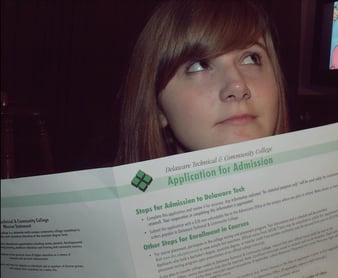
Why Do You Need Extracurricular Activities in the First Place?
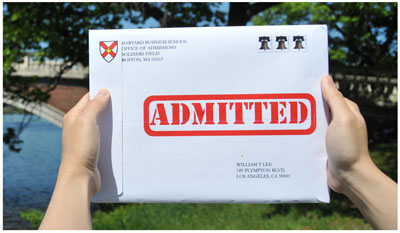

How Many Activities Should You List on the Common App?

But What If You Don't Have 10 Activities?
What If You Have Too Many Activities?

Step-by-Step Guide to Choosing Your Activities
Step 1: Write Down Your Activities
Step 2: Number Your Activities From Most Important to Least Important

Step 3: Have Your Parents or Friends Read Over Your List
Step 4: Understand Your Story



How to Write About Your Extracurriculars: AKA Putting Your Twitter Skills to Use
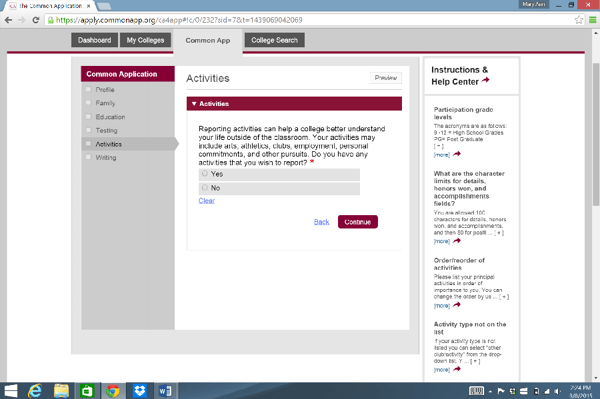
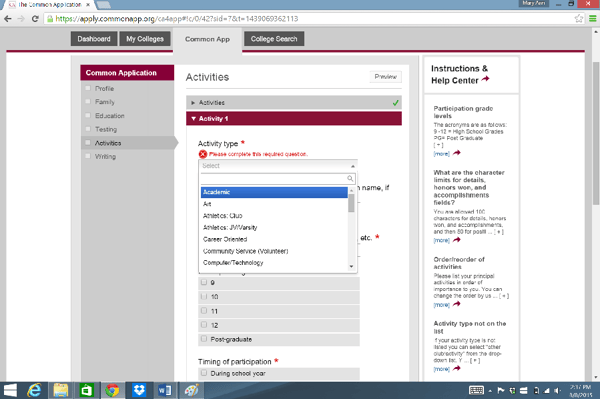
Tip #1:
Tip #2:
Tip #3:
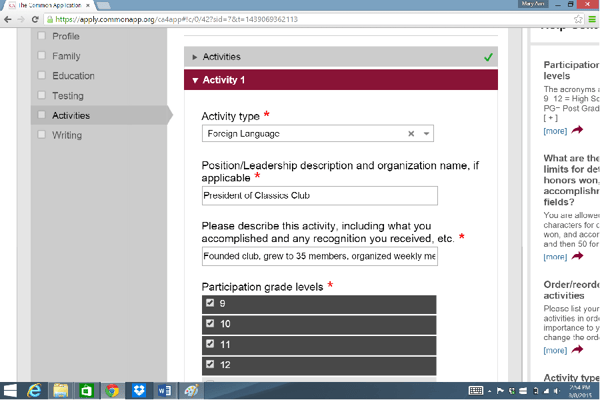
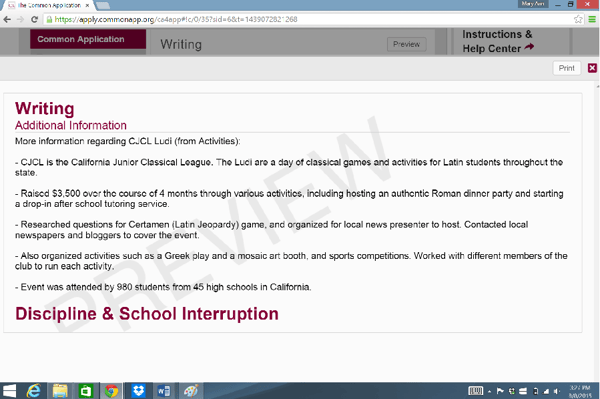
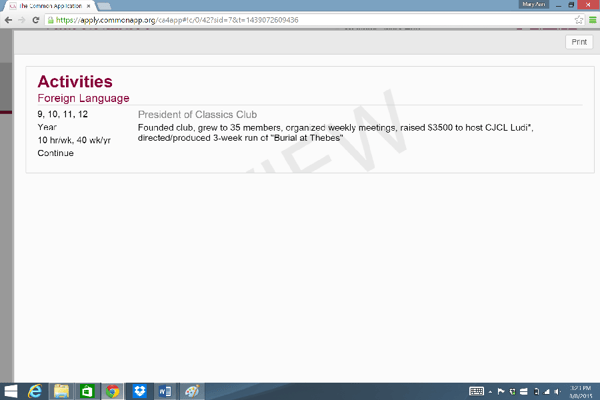
What's Next?



About the Author
Mary Ann holds a BA in Classics and Russian from the University of Notre Dame, and an MA from University College London. She has years of tutoring experience and is also passionate about travel and learning languages.
Best Creative Writing Graduate Colleges
Source: https://blog.prepscholar.com/how-to-write-about-extracurricular-activities-on-your-college-applications
0 Response to "Best Creative Writing Graduate Colleges"
Post a Comment